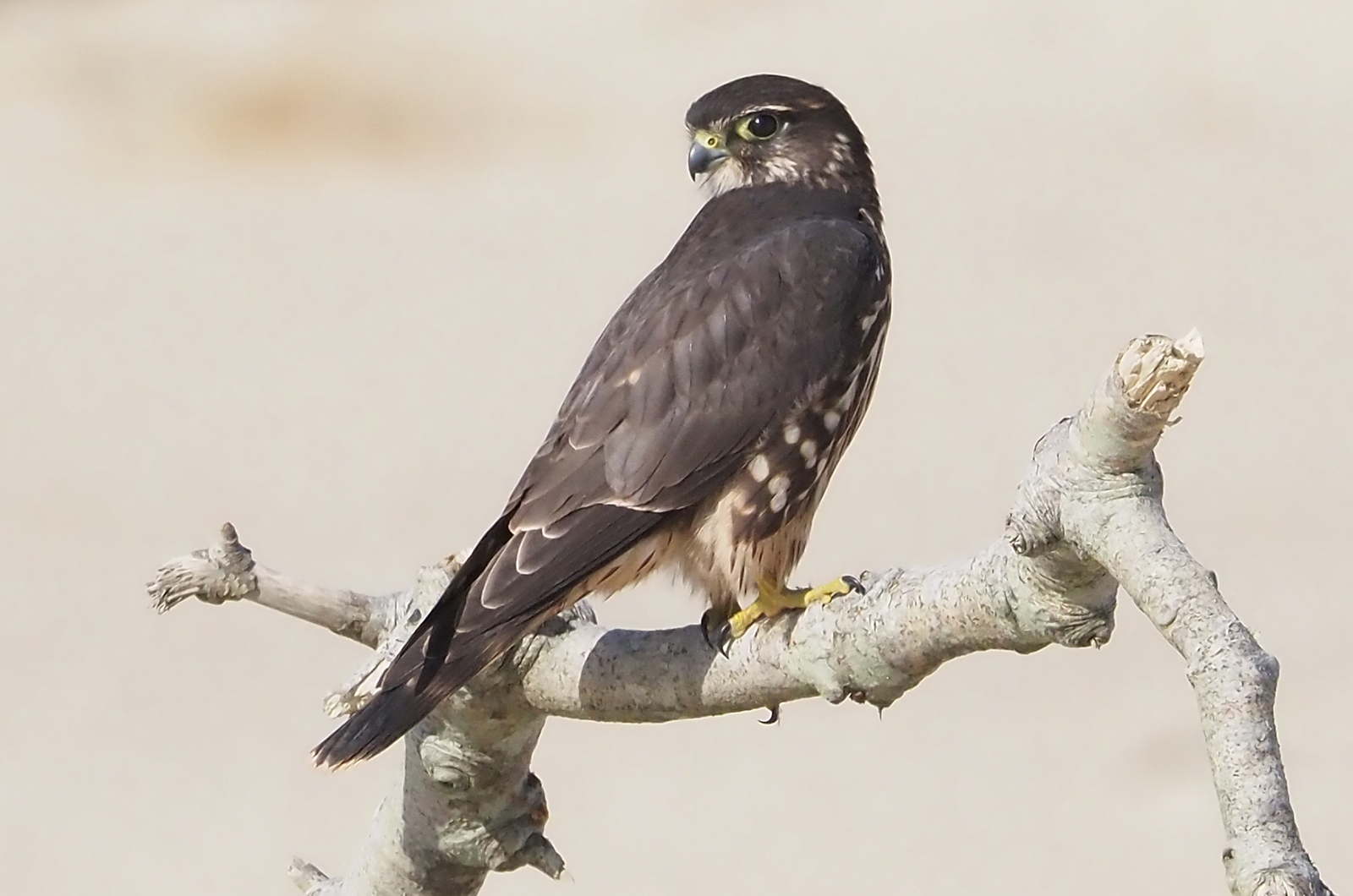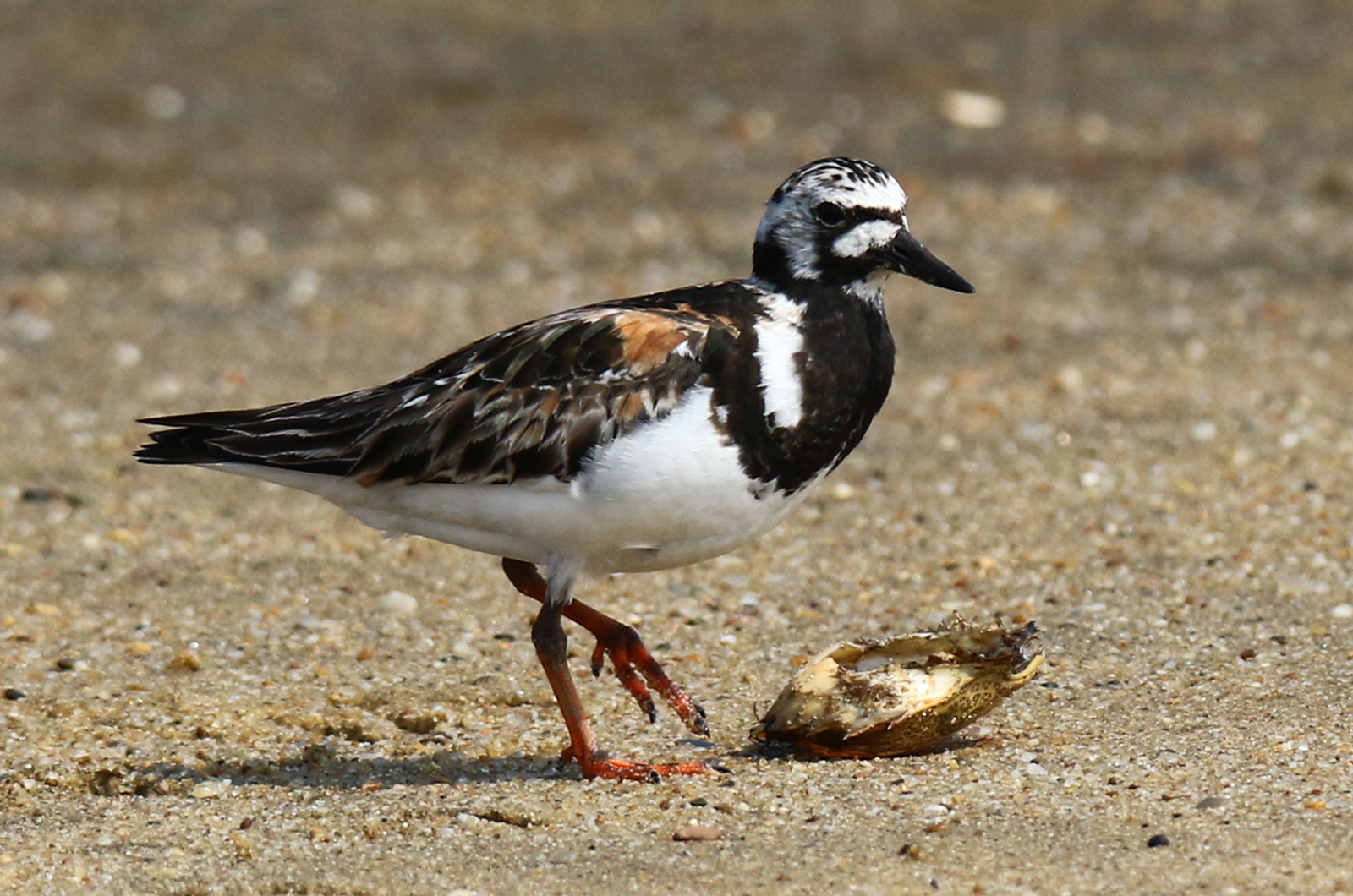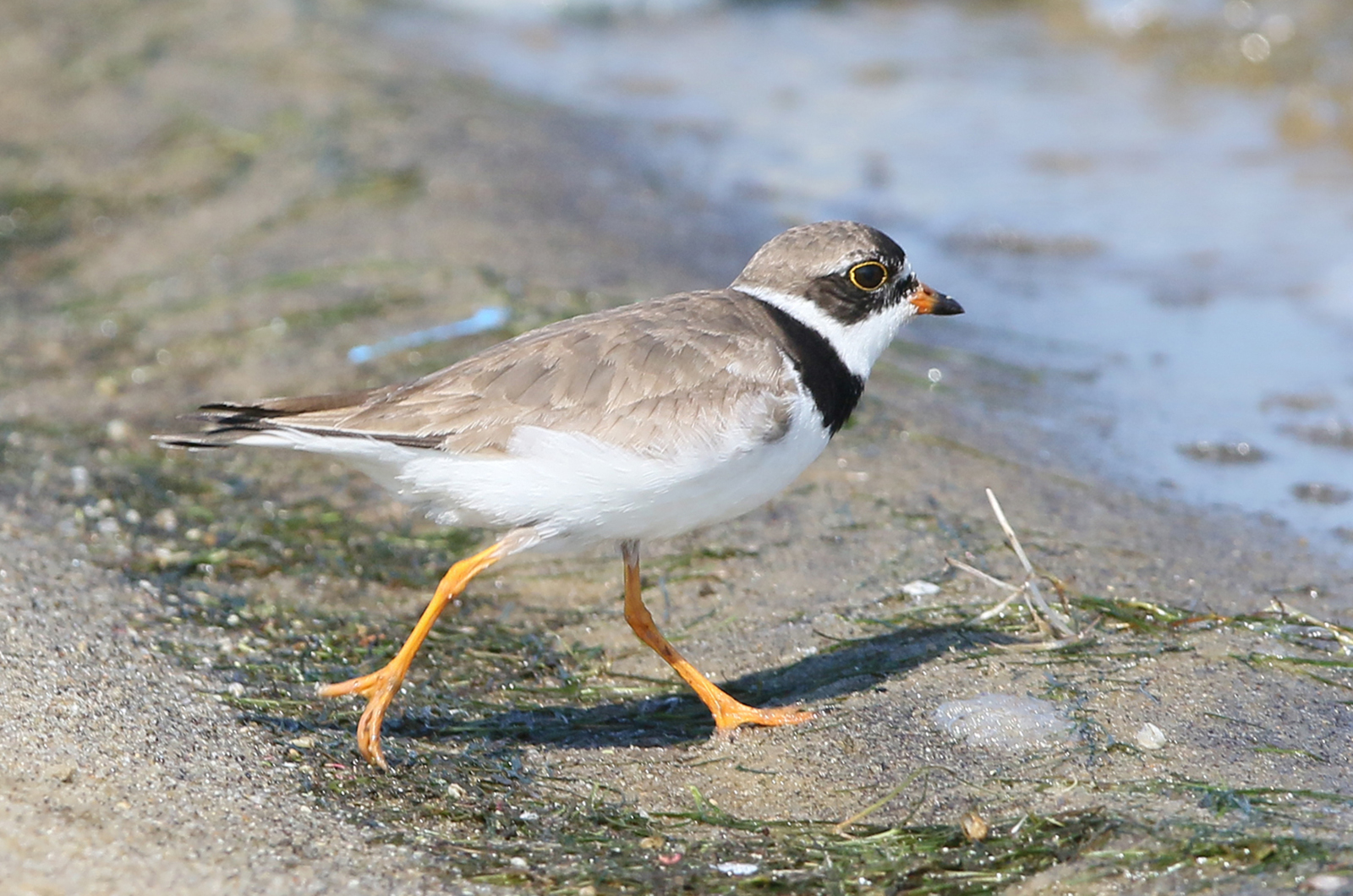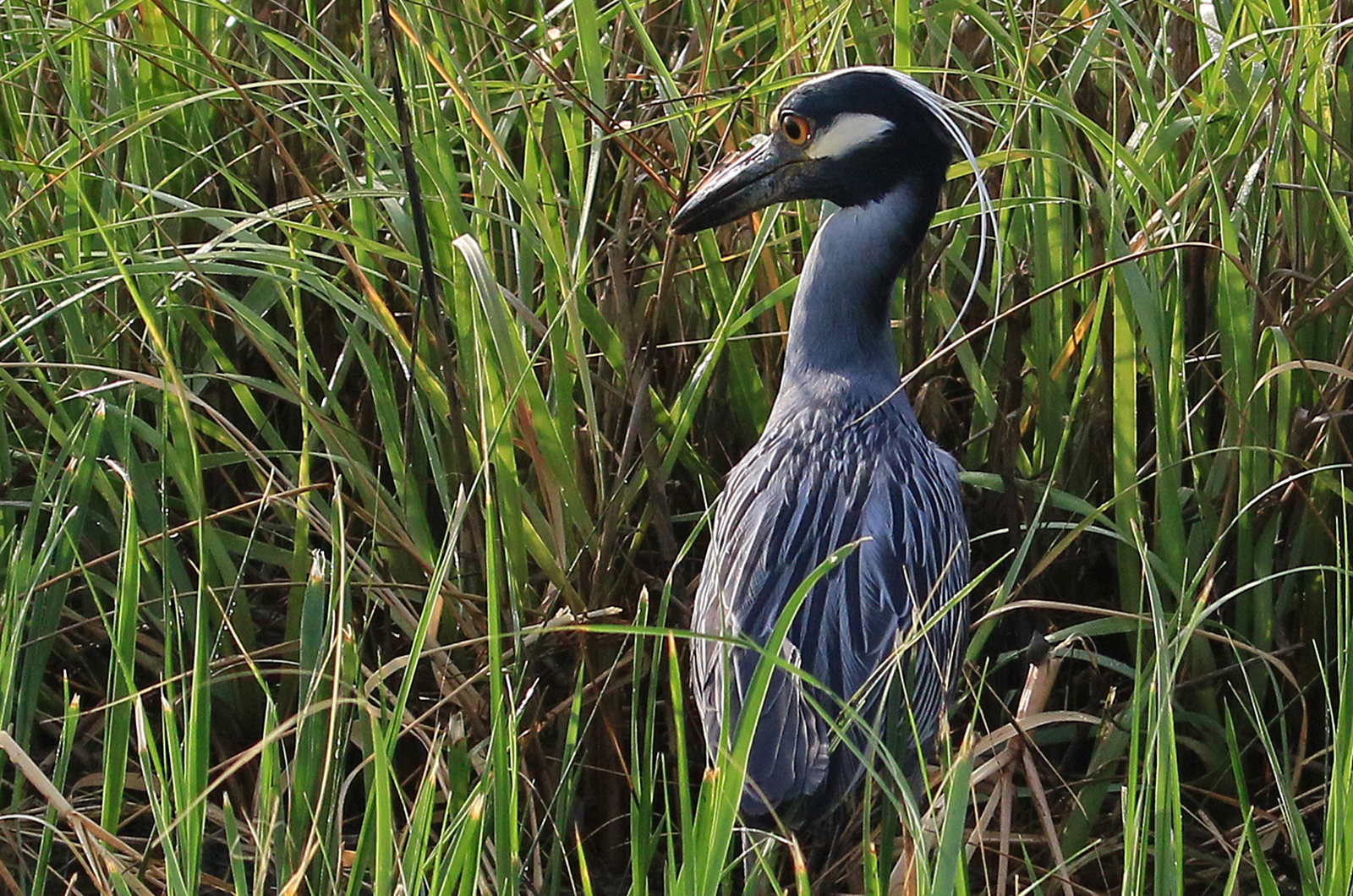The Island is now reaching the peak of southbound shorebird migration. Species that nest as far north as the Canadian Arctic are beginning their long and perilous journey to their wintering grounds in Central and South America.
Species like the semi-palmated plover and short-billed dowitcher are beginning to be seen in abundance on the food rich shorelines and tidal flats of the Vineyard. These foraging grounds along with many others along the Atlantic coast, provide critical places for shorebirds to stop, rest and eat on their marathon migration. Without stopover sites, these birds would not be able to complete their migrations.
Shorebirds on the whole are experiencing alarming declines, having lost over 70 per cent of their populations since 1980 according the 2022 State of the Birds report. This concerning statistic emphasizes the need to understand and address the ecological needs of this group of birds so effective conservation measures can be taken. Taking action now is crucial to preserving these vulnerable species.
This past Friday, birders took part in the second annual International Shorebird Survey (ISS) Shorebird Blitz to gain a deeper understanding of how shorebirds are utilizing local stopover sites. Beginning at 9 a.m., all species of shorebird were counted at seven sites across the Island. This effort was part of a broader, state-wide initiative led by the Manomet Observatory, aimed at capturing a snapshot of shorebird activity along Massachusetts’ shores during peak migration.
Information collected through these surveys enriches our understanding of how shorebirds utilize this region, enabling land managers, conservationists and legislators to take targeted actions to preserve these rapidly declining species. Survey site high counts from Friday’s blitz include 14 greater yellowlegs, 65 semipalmated sandpipers, 27 semipalmated plovers, 11 American oystercatchers, 14 black-bellied plovers, 54 ruddy turnstones, 48 sanderlings and 7 short-billed dowitchers.
Outside the blitz survey period, Skyler Kardell observed one whimbrel, one white-rumped sandpiper and 30 short-billed dowitchers at the Norton Point flats on August 6.
Two days later, on August 8, Chris Scott spotted five endangered red knots at the same location.
Falcon migration is known to parallel shorebird and songbird migration, flowing abundant avian prey sources. As shorebird migration continues, sightings of falcons have become more frequent. On August 2, Skyler Kardell and I observed a merlin cruising the Cape Pogue elbow, and on August 9, Nancy Nordin photographed a hungry merlin at West Basin.
David Benvent spotted a peregrine falcon at Menemsha Pond on August 7. Later in the week, on August 9, the duo of Nancy Nordin and Bob Schriber recorded a merlin at Dogfish Bar.
The sometimes difficult to identify Forster’s tern has been reported at several locations this week. Individuals were seen by Skyler Kardell at Wasque on August 5, David Benvent at Great Rock Bight on August 7, Adam Balick off Peases Point Way on August 8, and by the trio of David Benvent, Nancy Nordin and Bob Schriber on August 9 at Dogfish Bar.
This species is a regular visitor in late summer but due to its resemblance to the more abundant common and roseate terns, it is often overlooked. When scanning flocks of terns during this time of year, take extra care to look for birds with silvery wing tips and bold black ear patches that do not connect behind the head.
On August 7, David Benvent proved that it is still possible to have an exciting warbler day, even in August. He came across an ovenbird, one blue-winged warbler, two black and white warblers, four common yellowthroats, three American redstarts, one yellow warbler and one prairie warbler at Great Rock Bight. Later in the week he also spotted two prairie warblers at Lambert’s Cove and a surprise northern waterthrush along Moshup Trail on August 9. Additionally, Skyler Kardell reported a juvenile Cape May warbler and an early yellow-rumped warbler on Cape Pogue on August 5. Nancy Nordin also spotted a yellow-rumped warbler out of the corner of her eye in her yard the next day.
Several species typically associated with the winter season are also starting to arrive. Black scoters were spotted by Carnie Mitchell at Philbin Beach on August 5, Adam Balick in Aquinnah on August 6, and by David Benvent at Great Rock Bight on August 7. I also observed this species bobbing in the rip at Wasque Point, along with six surf scoters. Additionally, Skyler Kardell reported a ruddy duck and a diminutive pied-billed grebe — a characteristic late-summer migrant — at Crackatuxet Cove.
Lesser black-backed gulls were recorded by Lewis Caskey in Chilmark and I had one in Aquinnah over the weekend
On August 6 off Peases Point Way, Adam Balick had a wading bird bonanza with one little blue heron, three green herons, 25 great egrets and three yellow-crowned night herons. This lesser seen night heron was also observed by Nancy Nordin and Chris Scott at Sherrif Meadow Pond/ John Butler’s Mudhole on August 7 and 8 respectively, as well as by David Benvent at Menemsha Pond later in the week.
Last but certainly not least, David Benvent reported a yellow-billed cuckoo on August 7 at Great Rock Bight, Lewis Caskey had a barn owl in Chilmark on August 8 and Caroline Baker counted a whopping 74 black skimmers at Norton Point on August 9.











Comments
Comment policy »